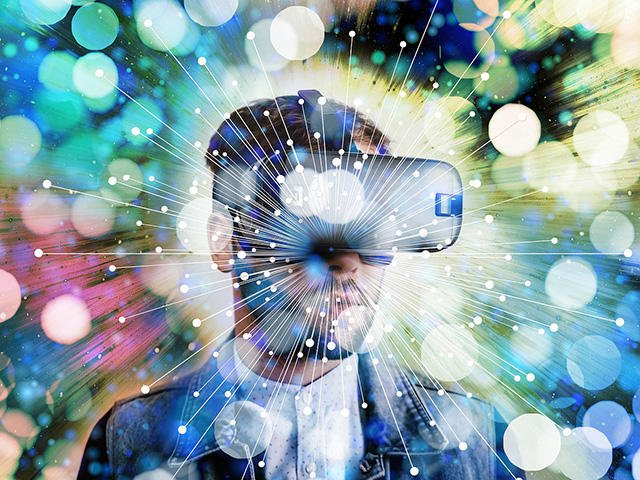Ready Player One for VR?
By Staff Writer 27 May 2022 | Categories: feature articles
Earlier this month, Mark Zuckerberg announced new details on Project Cambria, a new VR headset from Meta. According to IDC’s Worldwide Quarterly Augmented and Virtual Reality Headset Tracker®, the global market for augmented reality and virtual reality (AR/VR) headsets grew 92.1% in 2021, compared to the previous year, with shipments reaching 11.2 million units.
What's next for VR headsets and what are the risks involved when using them? Here are some predictions from the Kaspersky experts:
Despite the hype around VR headsets and their integration into the metaverse, there are still several limitations that hinder more active developments of the technology. One significant limitation is the high learning threshold for entering into this new world. Adults need time to get used to the interface and adapt to the sensations of virtual reality. Children, on the other hand, usually adapt much faster and are better at perceiving the virtual space.
For a high-quality "jump" in the VR experience, the following developments are required:
o A major breakthrough in technology – something akin to the technology portrayed in the film, "Ready Player One." The virtual world conveyed in this film is almost indistinguishable from the real one. This will lower the entry threshold by making the use of virtual headsets and spaces more relatable and easier to understand and adjust to.
o Higher levels of comfort – currently VR headsets provide a visual representation of another world, however, not all senses are "transferred" from our would to this virtual reality. With prolonged use of VR headsets, people can feel discomfort and experience symptoms of motion sickness, including headaches, dizziness, nausea and disorientation.
Developers are actively searching for ways to transfer more human sensations into virtual reality. For example, a group of researchers at Carnegie Mellon University in Pittsburgh were recently able to modify the Oculus Quest 2 VR headset with a set of ultrasonic transducers. The helmet was then able to give users the ability to simulate contact with their mouth.
o Better graphics quality – current projects in the virtual space of the metaverse look more like cartoons that could be designed by any developer or brand, falling far behind current graphics used in modern console games and looking quite different from any real-world depiction.
At the same time, higher quality graphics require and demand higher computing power. This can be resolved by integrating extremely powerful computers into the VR headset but this then creates issues around the device's battery life.
o A move away from a sense of novelty – the active use of VR headsets began relatively recently, along with the boom of the metaverse. So, it’s currently seen as more of an interesting technology and new game than as a tool for regular use. As was the case with smartphones, this will likely change as VR headsets and the metaverse become more commonplace across the masses.
The hype around the metaverse and VR also brings concerns around cybersecurity and privacy implications. But when we cut through the hype, we can see that the issues around these areas are mostly the same as with other technologies. There is still the problem of possible account takeovers, which can lead to identity theft and fraud. And just as adversaries can get access to users’ personal or corporate correspondences if they hack their email accounts via phishing, malware or credential stuffing, they can do the same with personal data stored on users’ preferred "metaverse" platform.
Most Read Articles

Have Your Say
What new tech or developments are you most anticipating this year?



